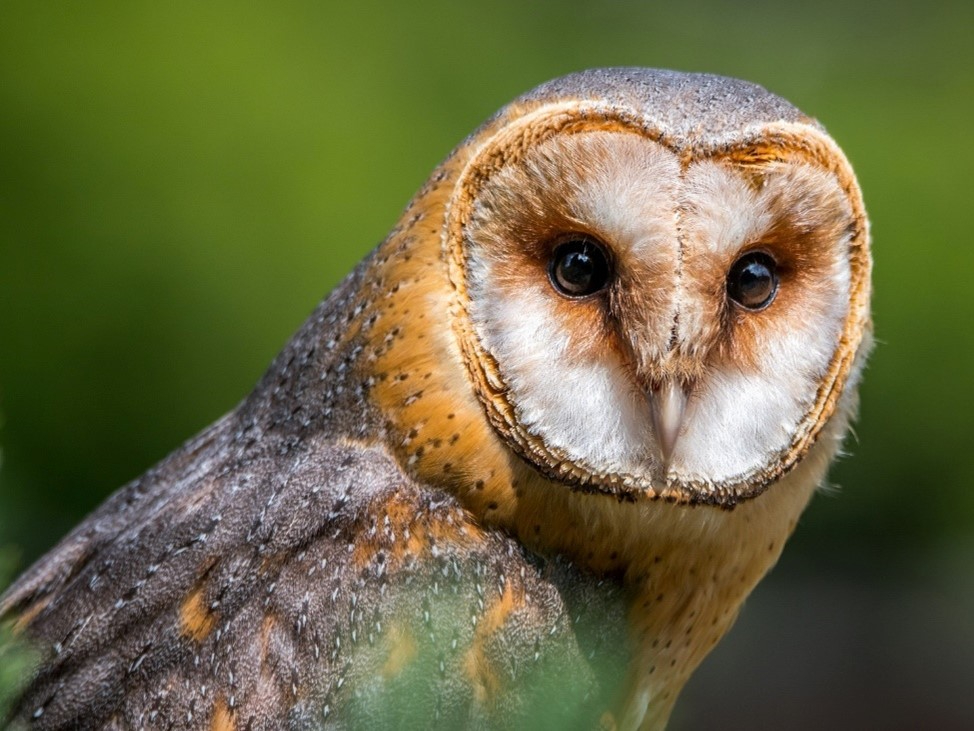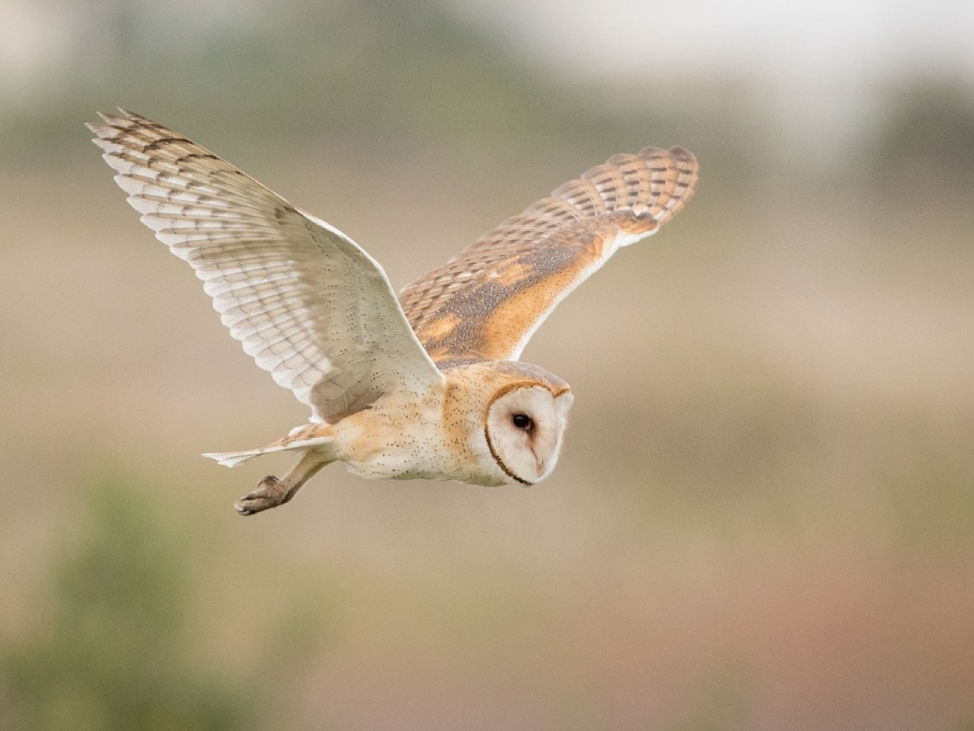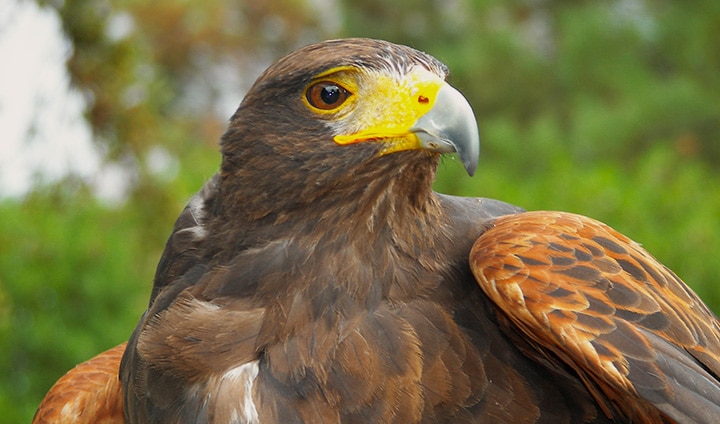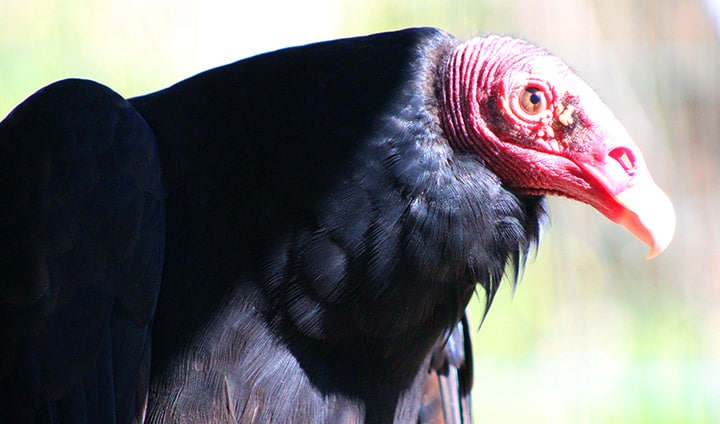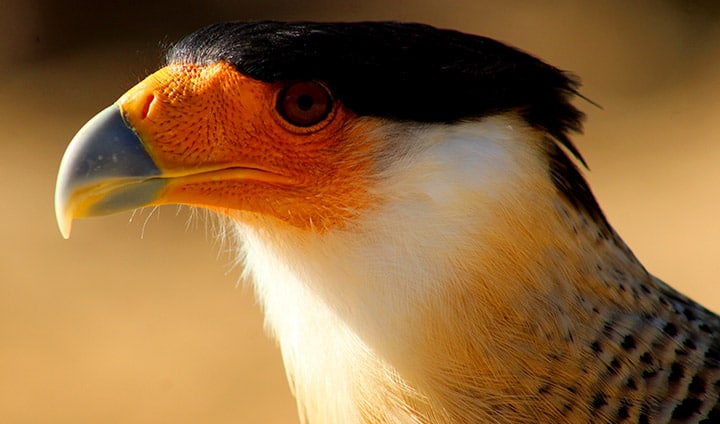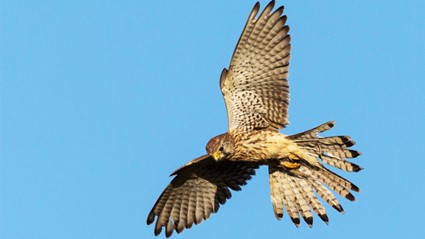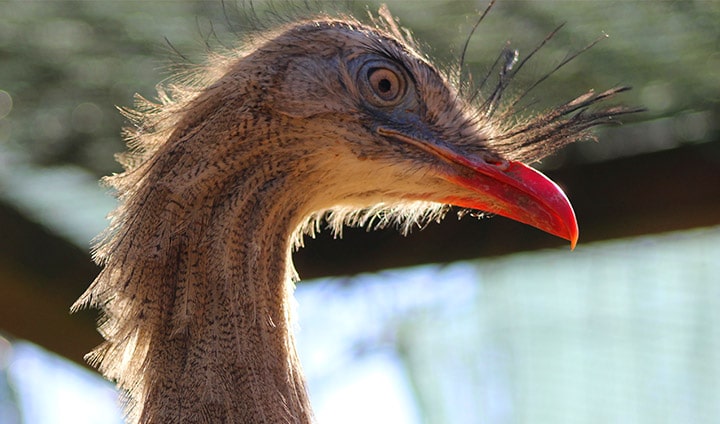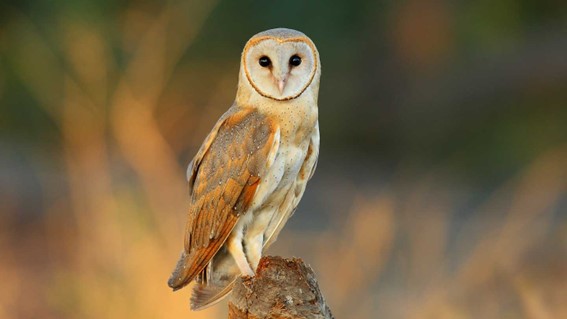Diet: They are carnivores and nocturnal predators that prefer small mammals such as rats, hares, rabbits and also small birds. When it is completely dark, owls rely exclusively on their hearing.
Reproduction: They are monogamous animals. Species with a very complex mating ritual, where male and female perform a dance in the air. There is only one breeding season in a year and it depends on food availability. Normally, owls always use the same nest and female lays 4 to 7 eggs, which have an incubation time of 29 to 34 days. The chicks take their first flight when they are 50 days old and after 4 weeks they become independent.
Distribution and Habitat: It is the most dispersed species of owl throughout the world and is found on all continents, except Antarctica. They have the capacity to occupy both rural and urbanized areas. They are normally found in low altitude areas and open areas.
Behavior: Solitary and nocturnal birds. They tend to spend the day in tree cavities. Owls are the animal that is best able to locate prey due to their asymmetrical ears. Its hearing can detect prey hidden in vegetation or even under snow.
Scientific name: Tyto alba
Class: Aves
Order: Strigiformes
Family: Tytonidae
Dimensions: 1.10 m wingspan
Weight: 430 g – 620 g
Longevity: a medium of 4 years in the wild and 20 years in captivity
Conservation Status: Least Concern


